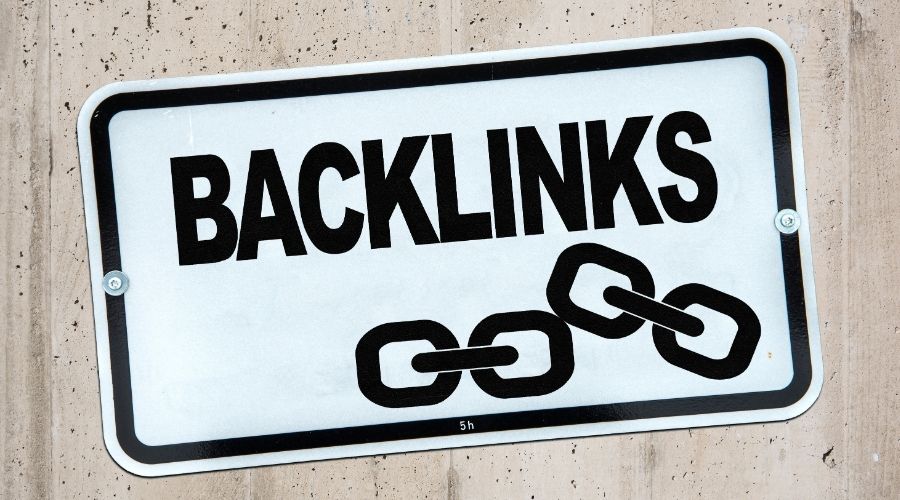Backlinks are one of the most influential factors in determining how well a website ranks on Google. They serve as digital votes of confidence from one website to another, signaling to search engines that your content is valuable, trustworthy, and authoritative. While Google’s algorithms have evolved to emphasize content quality and user experience, backlinks remain a cornerstone of SEO success when used strategically and ethically.
What Are Backlinks?
A backlink, also known as an inbound or incoming link, is a hyperlink from one website that points to another. For example, if a popular travel blog links to your article about the best beaches in South Africa, that’s a backlink to your site. Google interprets this as a sign that your content has been endorsed by another reputable source.
Why Backlinks Matter
Backlinks are crucial because they help search engines determine the credibility and relevance of your website. Each backlink acts as a “vote” of authority. The more high-quality votes you have, the more likely Google is to rank your content higher. Backlinks also help search engines discover new pages faster, improve domain authority, and drive referral traffic.
Quality vs. Quantity
Not all backlinks are created equal. Years ago, SEO professionals focused on acquiring as many links as possible. Today, quality matters far more than quantity. A single link from a trusted, high-authority domain can outweigh dozens of low-quality links from irrelevant sites.
High-quality backlinks typically come from websites that are authoritative in your niche, have genuine traffic, use relevant anchor text, and are earned naturally through valuable content.
Types of Backlinks
There are several types of backlinks, and understanding them helps shape a strong SEO strategy.
- Editorial Backlinks – These come naturally when other websites link to your content because it provides useful information or unique insights.
- Guest Post Backlinks – Earned when you write a guest article for another website and include a link back to yours.
- Business Profile Links – Added when you create listings on directories, social profiles, or review sites.
- Resource Page Links – Gained by getting your content featured on a resource or recommendation page.
- Niche Edits – Placing links in existing relevant content on another site.
- Press and Media Links – Earned through PR campaigns, news coverage, or digital mentions.
Anchor Text and Its Importance
Anchor text is the clickable text used in a hyperlink. It provides context to search engines about what the linked page is about. For example, linking with the phrase “best SEO practices” tells Google that the destination page is related to that topic. Over-optimizing anchor text with exact-match keywords, however, can appear manipulative and lead to penalties. The goal is to maintain natural, varied, and contextually relevant anchor usage.
How to Build High-Quality Backlinks
- Create Link-Worthy Content – Publish original, valuable content that others naturally want to reference. Comprehensive guides, research studies, and infographics are excellent examples.
- Guest Blogging – Write valuable posts for reputable sites in your industry to build authority and earn links back to your website.
- Broken Link Building – Find broken links on relevant sites and suggest your content as a replacement.
- Outreach – Build genuine relationships with bloggers, journalists, and site owners to earn backlinks through collaboration.
- Digital PR – Get featured in news publications or online media through press releases, expert commentary, or unique insights.
- Use Tools – Tools like Ahrefs, SEMrush, and Moz can help identify link opportunities and analyze competitors’ backlink profiles.
Avoiding Toxic Backlinks
Toxic backlinks come from spammy, irrelevant, or manipulative sources. They can hurt your rankings and even trigger manual penalties. Regular backlink audits are essential to keep your link profile clean. Use tools like Google Search Console to identify and disavow harmful links if necessary.
The Role of Backlinks in Google’s Algorithm
Google uses backlinks as a key part of its ranking system, but the context has evolved. Modern algorithms analyze not just how many links you have but who is linking to you and why. Relevance, authority, and trust are more critical than ever. Google’s AI systems can also detect patterns of unnatural linking, so building backlinks ethically and gradually is vital for long-term success.
Measuring Backlink Success
Success can be measured using metrics such as domain authority (DA), domain rating (DR), referring domains, and organic traffic growth. Ultimately, the goal isn’t just to get links but to attract links that genuinely enhance your credibility and bring engaged visitors to your website.
The Future of Backlinks
While Google continues to refine its algorithms, backlinks remain a foundational element of SEO. However, their role is increasingly tied to overall content quality, brand reputation, and user satisfaction. Building backlinks today means building relationships, creating valuable content, and maintaining transparency.
Final Thoughts
Backlinks are not just about SEO—they’re about trust. When another website links to you, it’s vouching for your credibility. The best backlink strategies focus on authenticity, value, and relevance. By producing great content, connecting with reputable sites, and maintaining a clean backlink profile, your website will earn the kind of authority that search engines reward.












